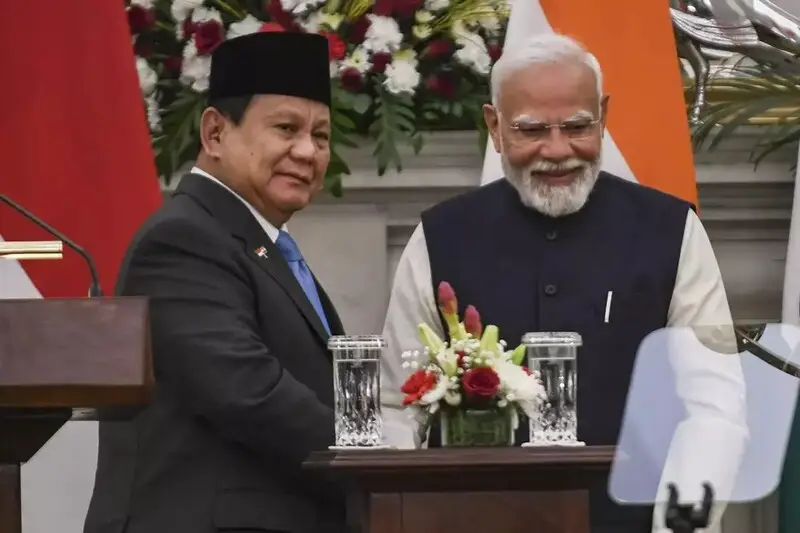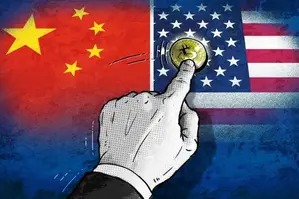China and Russia kick-started the de-dollarization agenda in 2022 convincing other countries to sideline the US dollar for trade. Several developing nations are jumping on the de-dollarization bandwagon by putting local currencies ahead of the US dollar. The development adds pressure on the USD’s prospects as it loses out on the global supply and demand mechanism.
Local currencies are looking to topple the US dollar from the world’s reserve currency status and usher into a new economic era. They aim to level the playing field by giving every currency a chance to make it to the top. Emerging economies now believe that their growth is stunted because the US dollar is in the way of their progress. Therefore, de-dollarization is the only option to safeguard their native economies and bolster their national GDPs.
Also Read: Trump’s 25% Tariffs Trigger Oil Price Spike But a 40% Crash Could Follow
De-Dollarization: Indonesia Emerges As New Player to Sideline the US Dollar

Also Read: Cramer’s Bold Palantir (PLTR) Call: 362% Surge Prognosis Ahead of Today’s Earnings
After China and Russia, Indonesia has emerged to be a new player to advance the de-dollarization agenda and sideline the US dollar. Just recently, Indonesia convinced India to settle payments in local currencies in a new bilateral trade agreement. Indonesian President Prabowo Subianto visited India last week to sign the deal to process payments in local currencies. The two countries agreed to either pay the Indonesian rupiah or the Indian rupee for cross-border transactions.
Indonesia is now convincing other countries to abandon the US dollar and advance the de-dollarization initiative. Newer countries are emerging to push the agenda forward and strengthen their respective local currencies. If many more nations come forward, the US dollar will be the hardest hit as America will fail to import its currency. The development could also lead to hyperinflation where daily essentials could skyrocket in the homeland.
The new trade policy between Indonesia and India comes even after Trump’s tariff threats. De-dollarization is now a long-term policy where emerging economies want to put their local currencies first. Read here to know how many sectors in the US will be affected if other countries stop using the dollar.
Also Read: Why Is Bitcoin (BTC) Falling Today?






